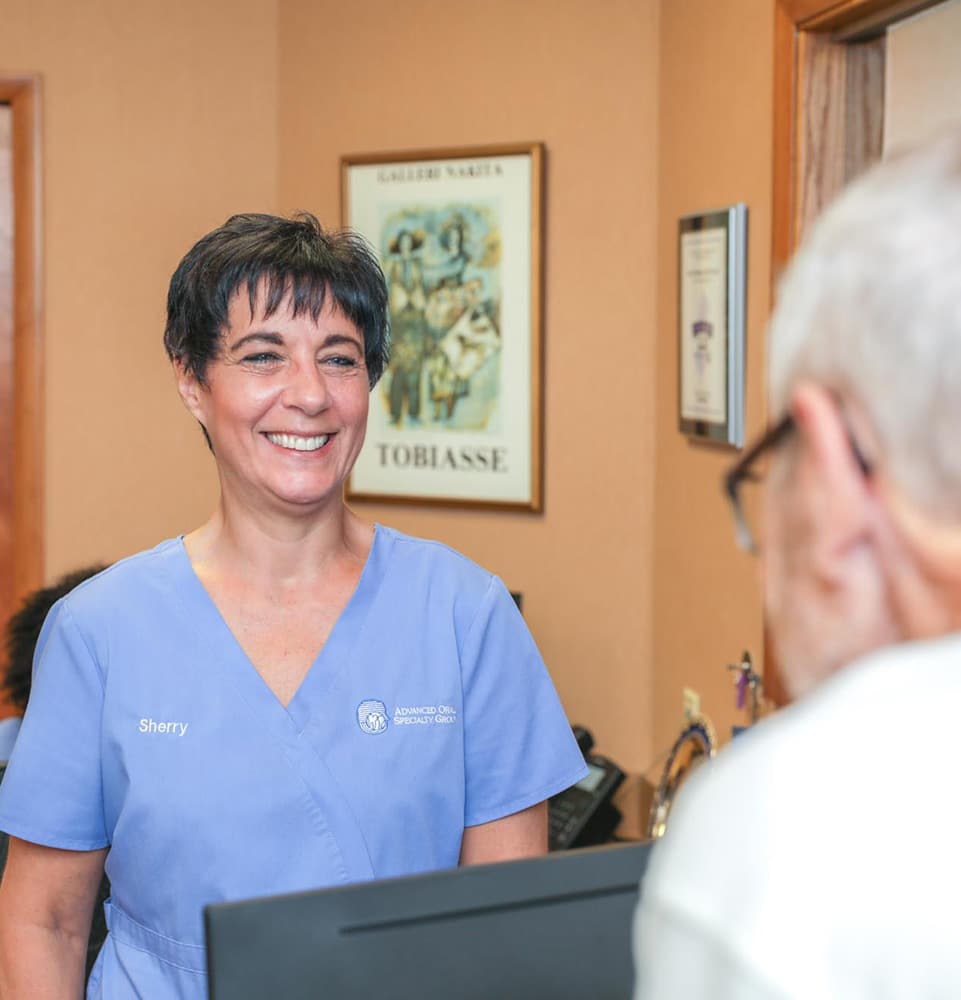
When teeth are lost, the supporting bone ridge narrows producing a ridge of inadequate height and width. Often due to previous extractions without proper site preservation, gum disease, trauma, or cyst or tumor removal, bone loss in the jaw makes placing dental implants unsafe. Specialized bone grafting techniques can replace the proper levels of bone, qualifying patients with even severe bone loss for any number of dental implants. Our board-certified periodontists in received advanced training and education from UPenn and specialize in advanced and minimally invasive bone grafting techniques and personalize treatment to your needs. With our skilled bone grafting in Voorhees, NJ, you can restore your jawbone and receive the long-term benefits of new teeth with dental implants.

Bone grafting is a surgical procedure that replaces lost bone in the jaw, mainly to restore natural jaw contours and function but also so dental implants can be safely and successfully placed. Grafts can be sourced from different places. Autograft moves bone from one part of your body (typically the chin, hip, or shin) to another (the defected jaw). Allograft uses bone tissues harvested from another individual instead of the person receiving the graft. This method may be preferred by patients who want only one surgical site instead of the two that are involved in autografts. Xenograft uses bone material from another species, in most cases, of bovine (cow) origin. Xenografts are a common solution when human tissue may be unavailable or to extract larger amounts of the graft material than is normally possible with samples of human origin.

When a person loses one or more teeth, his or her gums and jawbone may recede creating an indentation or sunken spot where the tooth or teeth used to be. Ridge augmentation is a procedure that allows people to restore the natural contour to their jaw and gums by filling the indented area with bone or other grafting material.
A sinus augmentation is needed when there is not enough bone beneath the sinus cavity to safely place dental implants. With a lateral sinus lift, a small window is created to exposing your sinus. The membrane is gently separated from the bone and bone graft material is added to this space under the membrane. A minimally invasive alternative, an osteotome lift indirectly elevates the sinus through a small hole which is then used to simultaneously place the dental implant. This approach eliminates the necessity of a second surgery to place the implant.
Because bone cells grow more slowly than the surrounding gum tissue, failure to correct the issues can make it impossible for a person to receive dental implants. Bone tissue regeneration is a procedure where a membrane, tissue, or bone graft blocks the gum tissue from filling in the deteriorated bone area, allowing the bone to regenerate tissue on its own.